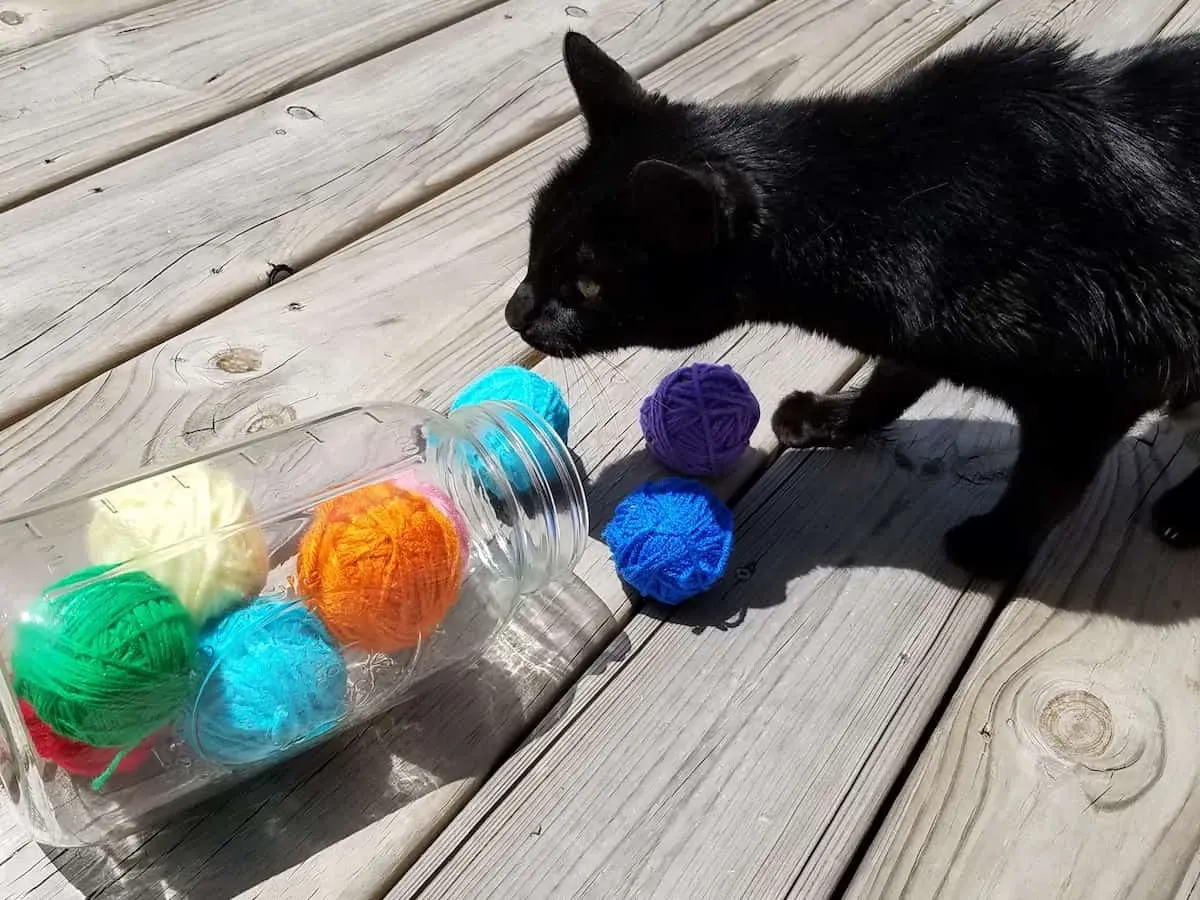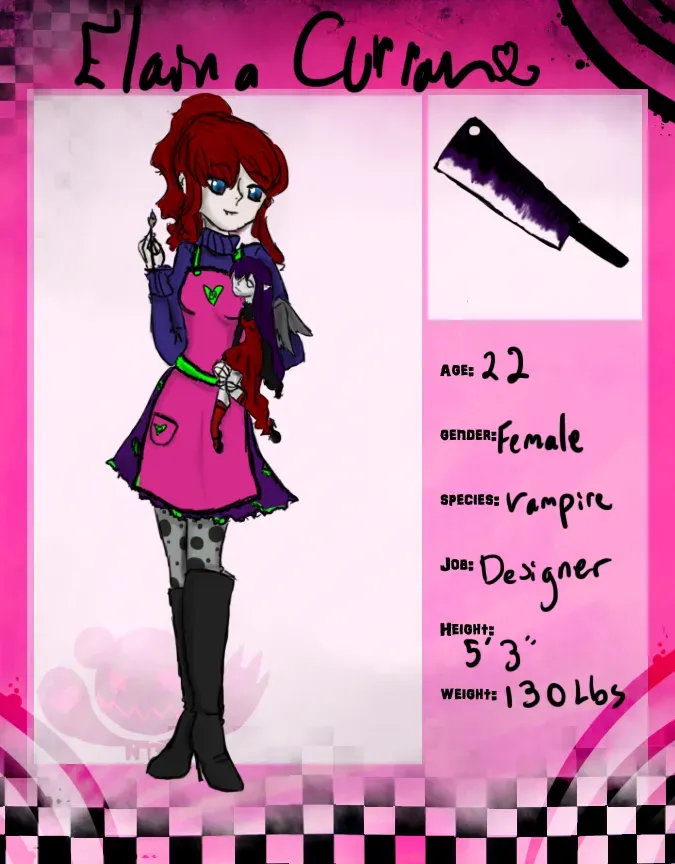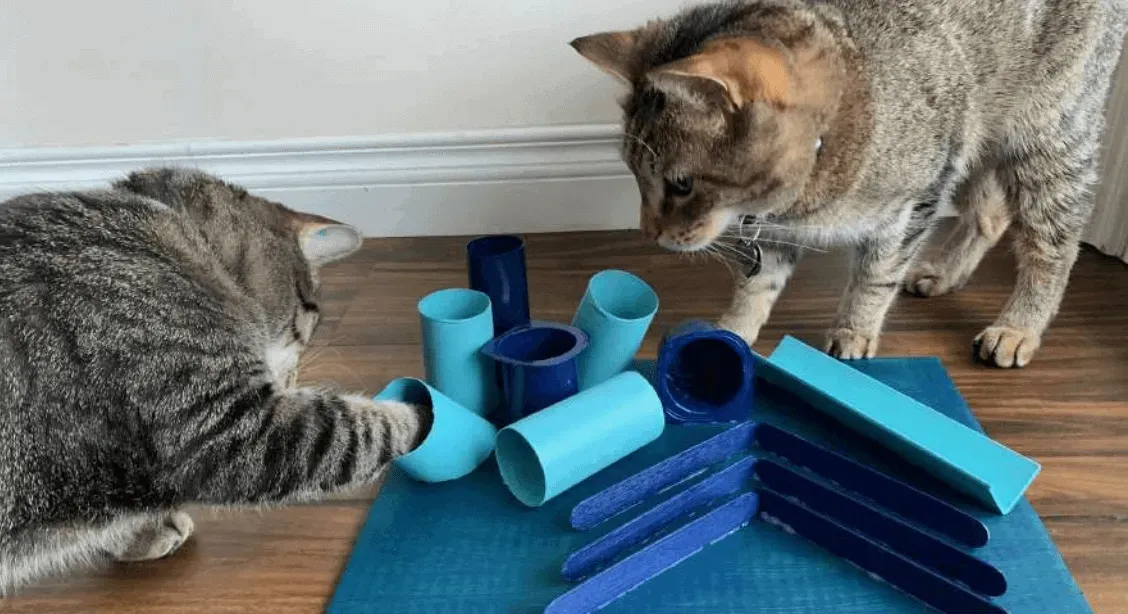Table of Contents
Let's be honest, cats have us wrapped around their little paws. We buy them fancy food, comfy beds, and yes, lots of toys. But sometimes, those mass-produced gizmos just don't cut it, or maybe you've got a feline friend who prefers a crumpled paper ball to the expensive plush mouse. That's where the magic happens. People love giving their pets unique, handcrafted items, especially when they know they're safe and made with care. Turning that knack for crafting into a side hustle, or maybe even a full-blown business, is totally doable.
Why Dive into Selling Homemade Cat Toys?

Why Dive into Selling Homemade Cat Toys?
The Appeal of Handcrafted Fun for Felines
Look, cats are simple creatures at heart. Give them a laser pointer dot or a box, and they're often happier than with the latest plastic contraption from the big box store. This preference for the simple, the chaseable, the slightly unpredictable is exactly why homemade cat toys resonate. Pet parents are increasingly looking for alternatives to mass-produced items, worried about materials, ethical production, or just wanting something a bit more unique for their pampered pets.
There's a genuine demand for quality, handmade goods in the pet market. Think about it: people spend serious money on their cats' health, food, and comfort. A well-made, durable, and engaging toy that you crafted yourself taps directly into that desire to provide the best. It's not just a toy; it's a little piece of care, a unique item in a world of sameness. Plus, you get to avoid the weird, questionable plastics and dyes sometimes found in cheaper imports.
More Than Just Yarn and Fabric Scraps
Beyond meeting a market need, diving into selling homemade cat toys to sell offers some pretty sweet perks for you, the maker. First off, it's a creative outlet. You get to design, experiment with materials, and see your ideas come to life. It's satisfying to take some fabric and stuffing and turn it into something a cat will bat around with wild abandon.
You also have control over your product. You choose the materials (organic catnip? Recycled fabric? Non-toxic glue?), you set the quality standard, and you decide on the designs. This control means you can build a brand based on quality, safety, or unique aesthetics. And, let's not forget, there's the potential to make some actual money doing something you enjoy. Selling homemade cat toys to sell isn't going to make you a billionaire overnight, but it can certainly provide a nice supplementary income or even grow into a primary one if you scale it right.
What's in it for you when you start selling homemade cat toys?
- Creative freedom and satisfaction
- Control over product quality and materials
- Potential for supplementary or primary income
- Connecting with other pet lovers
- Low startup costs compared to many businesses
- Building a brand around unique, handcrafted items
Crafting Popular Homemade Cat Toys to Sell

Crafting Popular Homemade Cat Toys to Sell
Figuring Out What Felines Actually Want
so you're ready to make some cool stuff, but what kind of homemade cat toys to sell will actually fly off the virtual shelves? You can't just stitch some fabric together and hope for the best. Cats, despite their sometimes indifferent attitudes, have specific play preferences. They like things that mimic prey – think fluttery feathers, dangly strings, things they can stalk and pounce on. They also love things they can bunny-kick into submission, like stuffed shapes or tubes. Don't forget the allure of crinkly sounds or the undeniable draw of catnip.
Look at what's already popular, but think about how you can make it better or different. A simple wand toy is a classic, but maybe you use unique, durable materials or add extra enticing elements. Kicker toys are great, but perhaps yours have a special texture or a hidden pocket for fresh catnip. The key to crafting popular homemade cat toys to sell is marrying tried-and-true concepts with your own creative twist and focusing on quality that lasts longer than five minutes.
What kind of toys consistently get tails wagging (or twitching)?
- Wand toys with various attachments (feathers, fabric strips, felt shapes)
- Kicker toys stuffed with potent catnip or crinkle material
- Small stuffed mice or fish shapes
- Puzzle toys made from cardboard tubes or boxes
- Crinkle balls or fabric squares
Choosing Materials That Are Safe and Sellable
Crafting popular homemade cat toys to sell isn't just about making something fun; it's critically important that they are safe. Cats chew, they claw, they ingest things they shouldn't. This means you need to be incredibly picky about your materials. Avoid small parts that can easily break off and become choking hazards, like plastic eyes or tiny bells that aren't securely attached. Steer clear of toxic glues, paints, or finishes. Natural fibers like cotton, wool felt, and hemp cord are generally good choices, but make sure they are sturdy enough not to unravel into ingestible threads.
If you're using stuffing, make sure it's non-toxic polyester fiberfill. For catnip, source high-quality, potent dried catnip – the good stuff makes a huge difference in a toy's appeal. Think about durability too. A toy that falls apart after one intense play session won't get you repeat customers or good reviews. Invest in decent sewing supplies if you're stitching, and ensure all seams are strong. Your materials are your reputation when you're making homemade cat toys to sell.
Getting Your Homemade Cat Toys to Sell Online

Getting Your Homemade Cat Toys to Sell Online
Picking Your Digital Shopfront
Alright, you've got a pile of awesome homemade cat toys to sell, crafted with care and stuffed with the good catnip. Now, where do you actually offload these masterpieces? You need a place online for people to find them, browse, and hand over their cash. Think of it as setting up your stall at a massive global craft fair, but without the dodgy tent poles and unpredictable weather. You've got options, each with its own vibe and fees.
Etsy is the go-to for many handmade sellers, offering a built-in audience looking for unique items. It's relatively easy to set up, but you'll pay listing fees and a percentage of each sale. Building your own website with a platform like Shopify gives you more control and branding potential, but requires more effort to drive traffic. Then there are marketplace sections on social media or even platforms specifically for pet products. The best spot depends on your budget, tech comfort level, and how much control you want over the customer experience. Don't just pick the first one you see; poke around, compare fees, and see where your ideal customer hangs out.
- Consider platform fees and transaction percentages
- Think about ease of use for setting up your shop
- Look at the platform's built-in audience and marketing tools
- Evaluate how much control you have over branding
- Check out their shipping and payment processing options
Making Your Toys Look Irresistible Online
you've chosen your platform to sell those homemade cat toys. Now comes the crucial part: making them look so good online that people can't help but click "Add to Cart." Since folks can't physically touch or inspect your creations through a screen, your photos are doing all the heavy lifting. Bad lighting, blurry shots, or cluttered backgrounds are instant turn-offs. You need clear, bright photos from multiple angles.
Show the toy in action if you can – maybe a short video clip of your own cat batting it around (assuming they're not a paid actor who demands tuna for their performance). Write compelling descriptions that highlight the materials you used (remember safety first!), the size, and why a cat would love it. Mention the organic catnip, the durable stitching, the crinkly sound. Tell a little story about the toy. Make it personal. Good presentation is key to convincing someone your homemade cat toys to sell are worth their hard-earned money.
Making Your Homemade Cat Toy Business Thrive

Making Your Homemade Cat Toy Business Thrive
Keeping the Quality Consistent (So People Keep Buying)
So, you've got your shop open, maybe you've even made a few sales of your homemade cat toys to sell. That's great! But making a business thrive isn't just about the first sale; it's about the second, the third, and the recommendations. This means consistency is key. Every toy needs to meet the same standard you set. If one catnip kicker is stuffed full and another is a bit limp, customers notice. If the stitching holds on one wand toy but unravels on the next, you've got a problem.
Develop a process for making each type of toy. Use the same measurements, the same amount of stuffing, the same stitching technique. It sounds a bit rigid, I know, but it ensures that what a customer sees in your photos is exactly what they get in the mail. Document your steps, maybe even create templates for cutting fabric. This isn't just about avoiding complaints; it's about building a reputation for reliable quality. People are paying for handmade, yes, but they still expect a professional finish that holds up to a determined feline attacker.
Getting the Word Out and Listening to Feedback
you're making solid, consistent homemade cat toys to sell. Now you need more eyes on them. Simply listing them online isn't enough. You need to be your own hype person. Share photos and videos on social media – show those toys in action! Engage with potential customers in pet-related groups (check the rules first, don't just spam). Consider running small promotions or offering a loyalty discount for repeat buyers.
Even more important than shouting about your stuff is listening. Pay attention to reviews, both good and bad. Did someone mention their cat loved the crinkle sound? Lean into that! Did another say a seam came loose too quickly? Figure out why and fix your process. Ask for feedback directly. What kind of toys would people like to see? What colors or materials do they prefer? Making your homemade cat toy business thrive means constantly learning, adapting, and showing your customers that you value their input – and their cat's opinion, which is, frankly, the one that matters most.
What makes customers come back for more?
- Consistent, high-quality construction
- Durable materials that are safe for cats
- Toys that genuinely engage their pets
- Excellent customer service and communication
- Unique designs not found elsewhere
- Responding positively to feedback
Wrapping Up Your Cat Toy Venture
So there you have it. Taking your knack for crafting and channeling it into homemade cat toys to sell isn't just a pipe dream fueled by internet hype. It requires actual effort, smart choices about what you make, and figuring out how to get those fuzzy creations into the hands of eager cat owners. It's not always glamorous – sometimes you're wrestling with a stubborn sewing machine or figuring out shipping logistics – but the potential is real. Building a small business, even one centered on dangling feathers and stuffed felt, is a process. It's less about overnight success and more about consistent work, learning what sells, and maybe developing a healthy tolerance for glitter. If you're willing to put in the hours, your homemade toys might just become a feline favorite in homes far beyond your own.